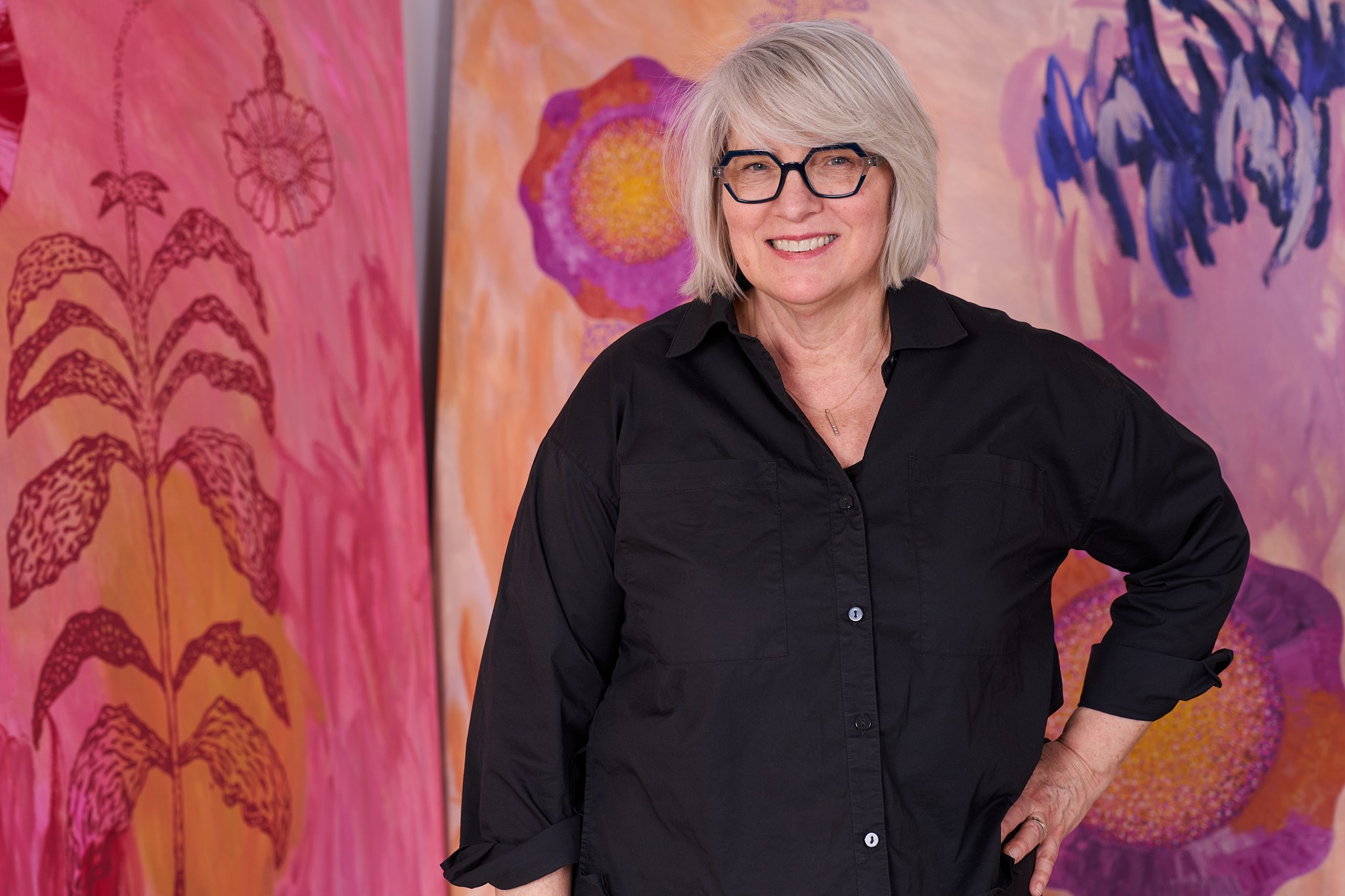Alright – so today we’ve got the honor of introducing you to Lawre Stone. We think you’ll enjoy our conversation, we’ve shared it below.
Lawre, looking forward to hearing all of your stories today. How did you learn to do what you do? Knowing what you know now, what could you have done to speed up your learning process? What skills do you think were most essential? What obstacles stood in the way of learning more?
I’ve always made paintings, and with time and experimentation, I’ve developed my own visual language to coax meaning from what I see. I’m not sure there is any way to speed up the process of finding one’s voice as a painter. It’s an ongoing conversation informed by observation, intuition, and the feedback loop of making the work. My current paintings combine natural imagery and the language of abstraction in otherworldly landscapes. These intricately layered works explore environmental issues and the relationship between interior worlds and outer experience. My process begins with a series of preliminary ink sketches, followed by applying thin layers of acrylic on canvas to construct an atmospheric foundation, gradually building depth and mood. Transitioning to oil paint and employing vivid, gestural strokes, I craft a dynamic space where bold flora takes form. The resulting images, almost archetypal organic forms, transcend mere depictions of individual plants, instead capturing the unseen essence of nature. My recent series, “Vegetal Turn,” contemplates the environment’s adaptation to human intervention, encapsulating a dystopian beauty- the profound impact of our actions and nature’s resilience. My hybrid plant forms, a fusion of observation and imagination, neither entirely real nor fictional, evoke a sense of transformation and perseverance, instilling a sense of hope and optimism.
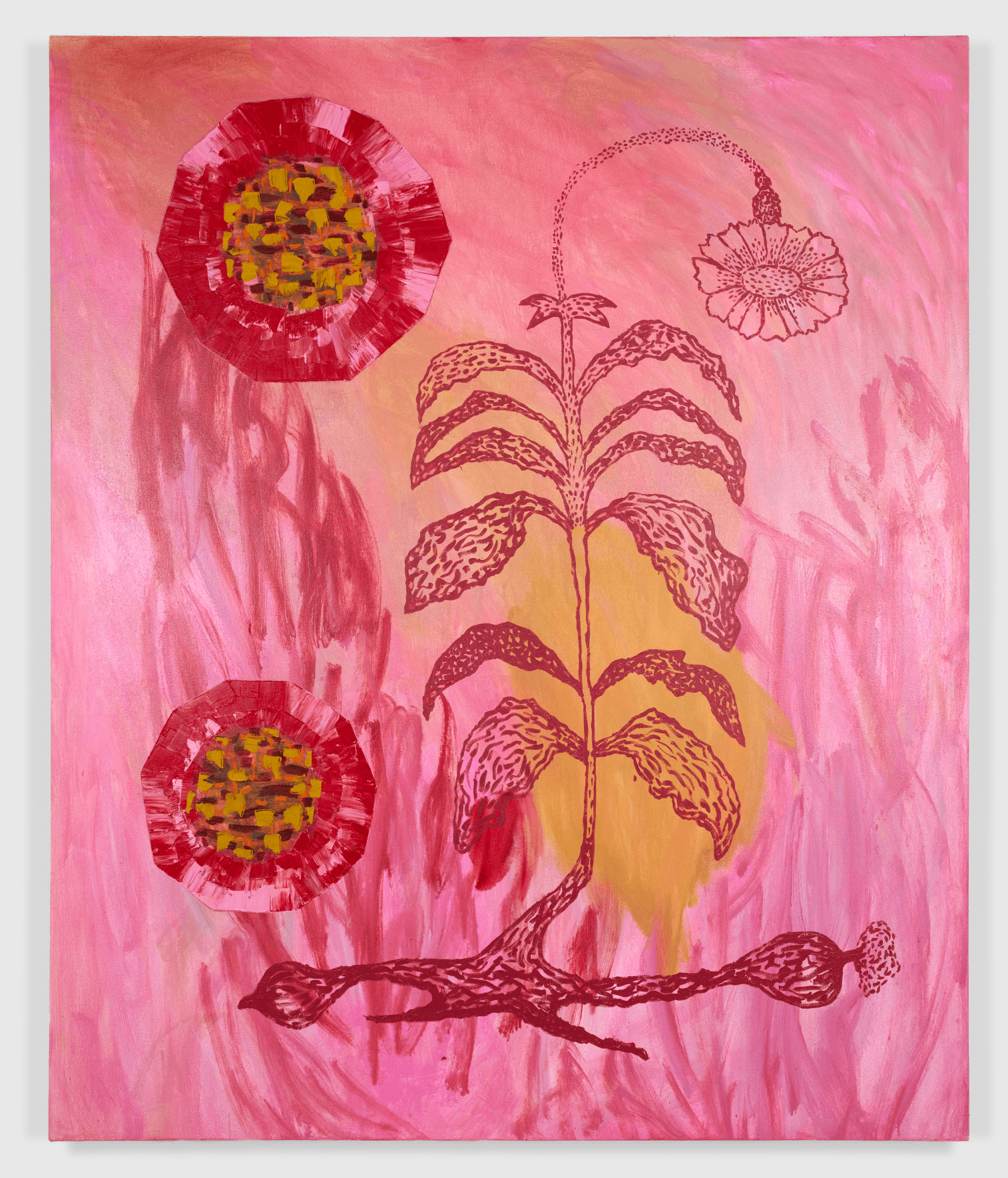

Great, appreciate you sharing that with us. Before we ask you to share more of your insights, can you take a moment to introduce yourself and how you got to where you are today to our readers.
My life has been filled with art. As a child, I took art lessons in a studio upstairs from the art supply store in the town where I grew up. The teacher owned the art store, so the class used professional tube watercolors, sable brushes and French watercolor paper. I was enthralled. Many years later, I realized that I was the only child in the class. From that point on, art became my focus. For college, I went to art school and then moved to Williamsburg, Brooklyn, where I established my studio and began exhibiting my work. In the early years, my work leaned toward abstraction but was always concerned with humanity’s relationship to nature. Recently, this theme has expanded to include images inspired by botany and the impact of climate change on our environment. During the pandemic, I built a new studio on my property in the Hudson River Valley, transforming my practice. This larger space has allowed me to expand my work regarding materials and scale while positioning me closer to nature. My recent paintings feature large-scale botanicals and flowering forms embedded in gestural, horizonless landscapes. In addition to paintings, I also make monoprints and textile pieces. In the past five years, I’ve enjoyed four one-person exhibitions, with plans for more in the coming months. My influences flow from a painting matriarchy: the abstracted natural forms of Georgia O’Keeffe, the esoteric landscapes of Agnes Pelton, Joan Mitchell’s explosive brushstrokes, the botanical paintings of Maria Sibylla Merian, and the physicality of Elizabeth Murray’s shaped canvases. Following this legacy, I continue to pursue paintings’ ability to express observed and internalized experiences.
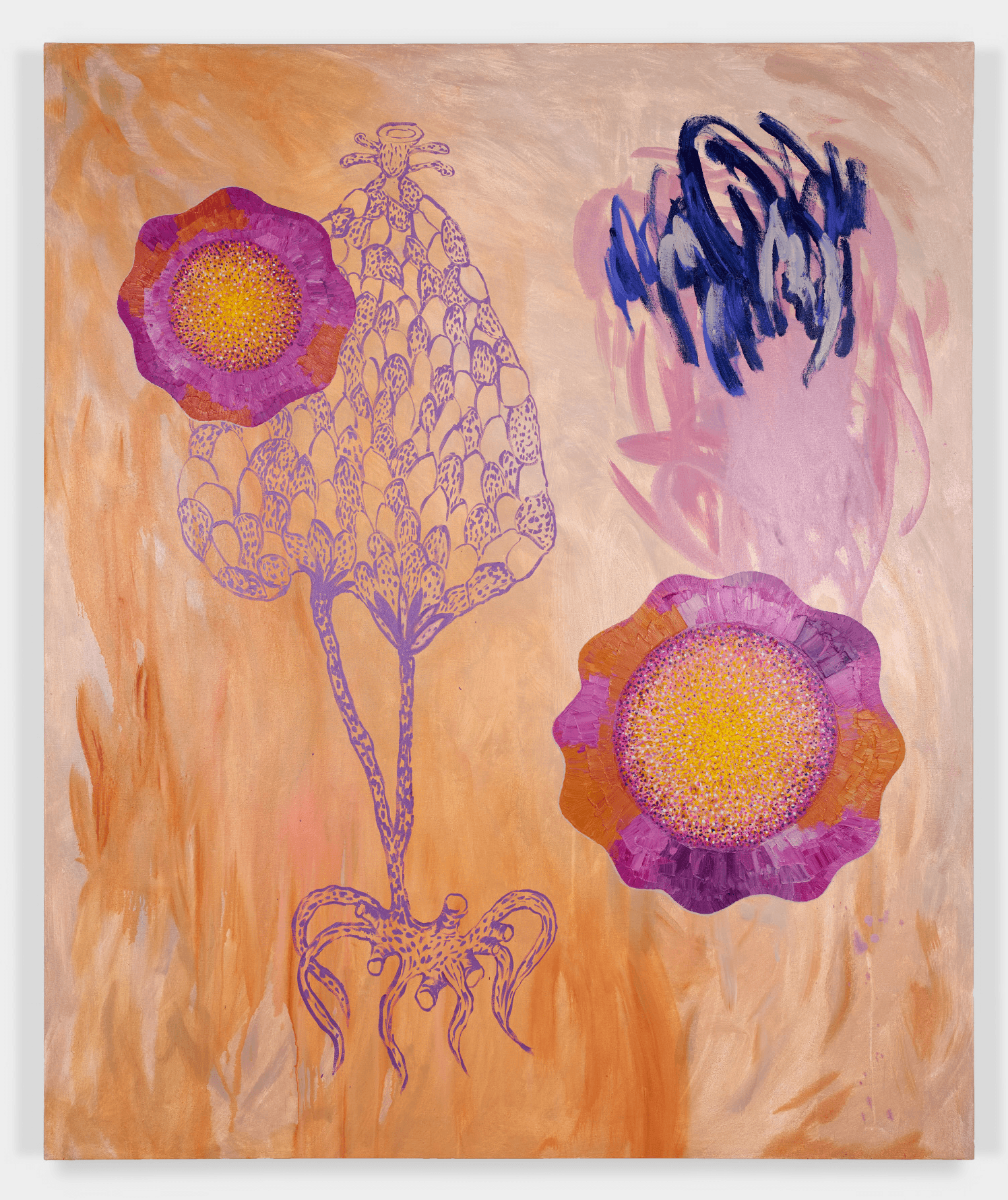

Have you ever had to pivot?
Moving to the Hudson River Valley changed my practice. Nature begins outside my studio door and profoundly influences my work. I enjoy meditative walks in the woods, close observation of natural phenomena, the changing seasons, and a starlit sky free of urban skyglow. For years, I resisted including representational imagery in my work. Now, images inspired by the vegetal world are my focus. Last year, my project, “Invasive Beauty: Painting the Displaced Species of Columbia County, NY,” was awarded a New York State Council on the Arts Regrant through the Create Council on the Arts. This project focused on studying and painting the invasive species that have proliferated in our local environment, while connecting me to conservation organizations in my community. As a result, images of enlarged, otherworldly plants permeate my new work, speaking to the impact of human intervention on the ecosystem.
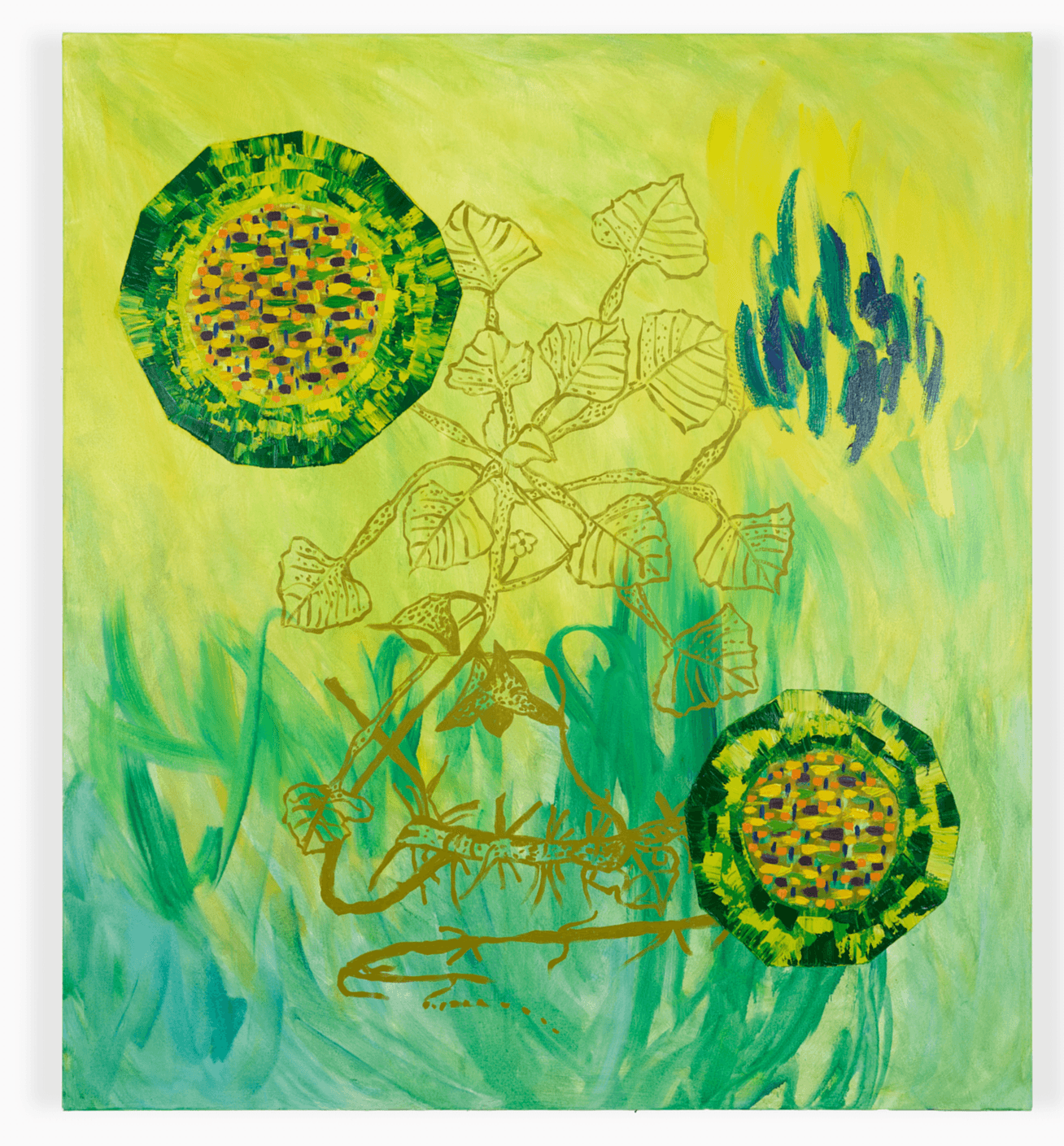
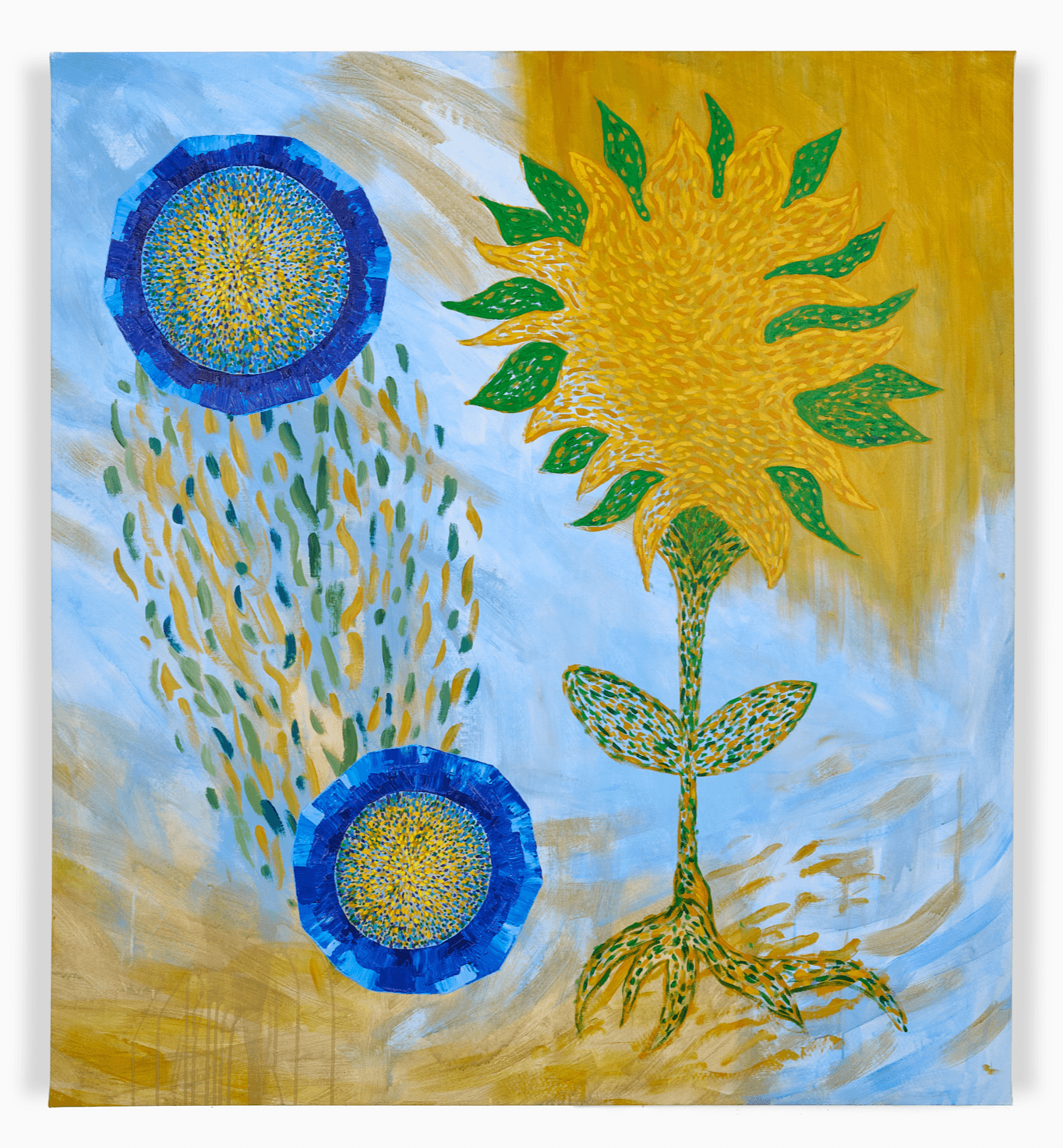
What do you find most rewarding about being a creative?
My art practice is my passion, and my studio is my balm. When painting, my thoughts are free from the temporal world and focus on making the unseen visible. A paint-heavy brush can freeze gestures in space, preserving emotion. Color can evoke feelings, memories, and desires. I’m most excited when the work surprises me, when I paint a passage that feels fresh in its strangeness and beauty. Artists spend countless hours alone in the studio, and so I am incredibly fortunate to be able to share my work with others through exhibitions, studio visits, and conversation. I’m grateful to be immersed in a community of fellow creatives in the vibrant Upstate New York arts community.
Contact Info:
- Website: https://www.lawrestone.com/
- Instagram: @lawrestone
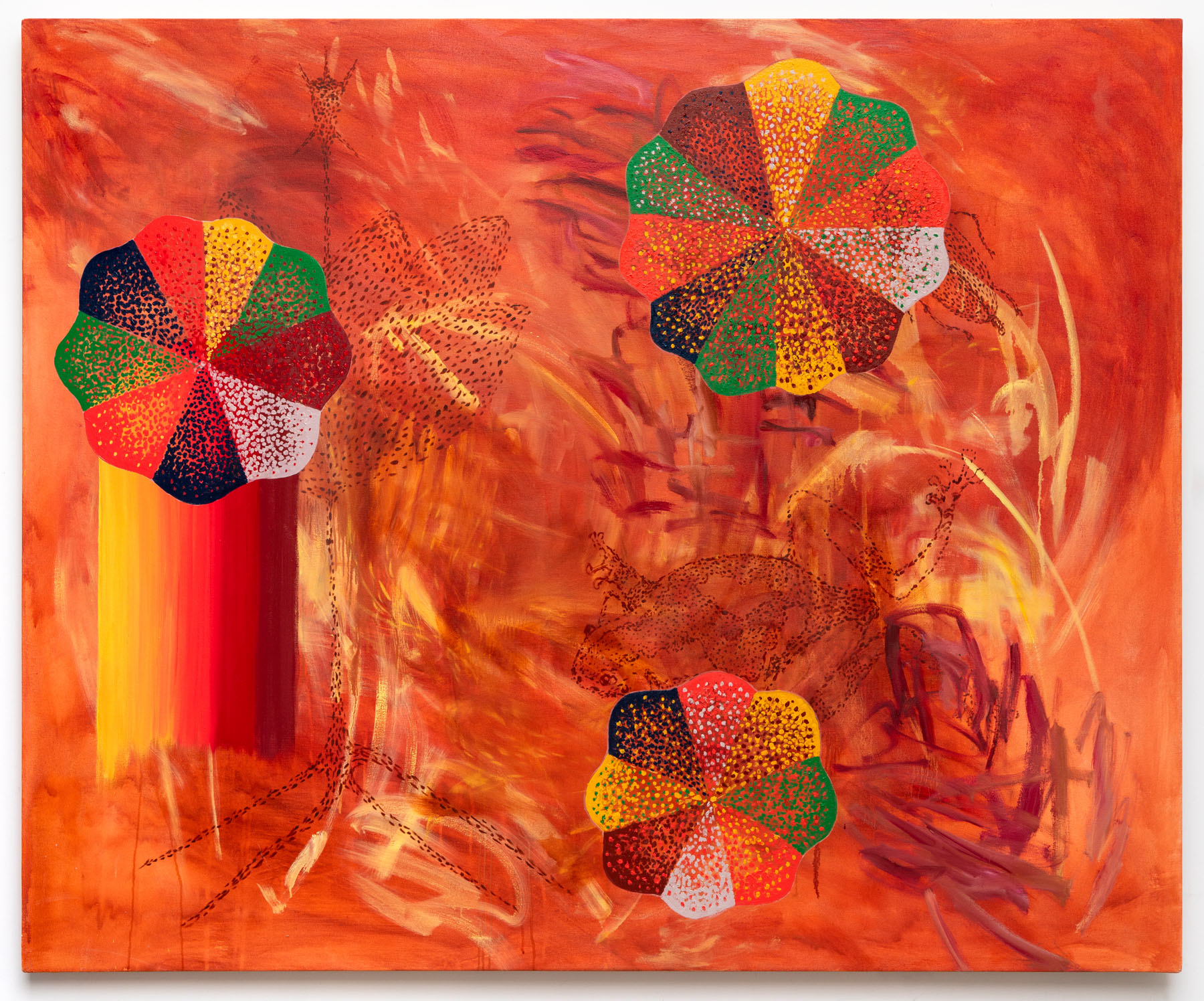
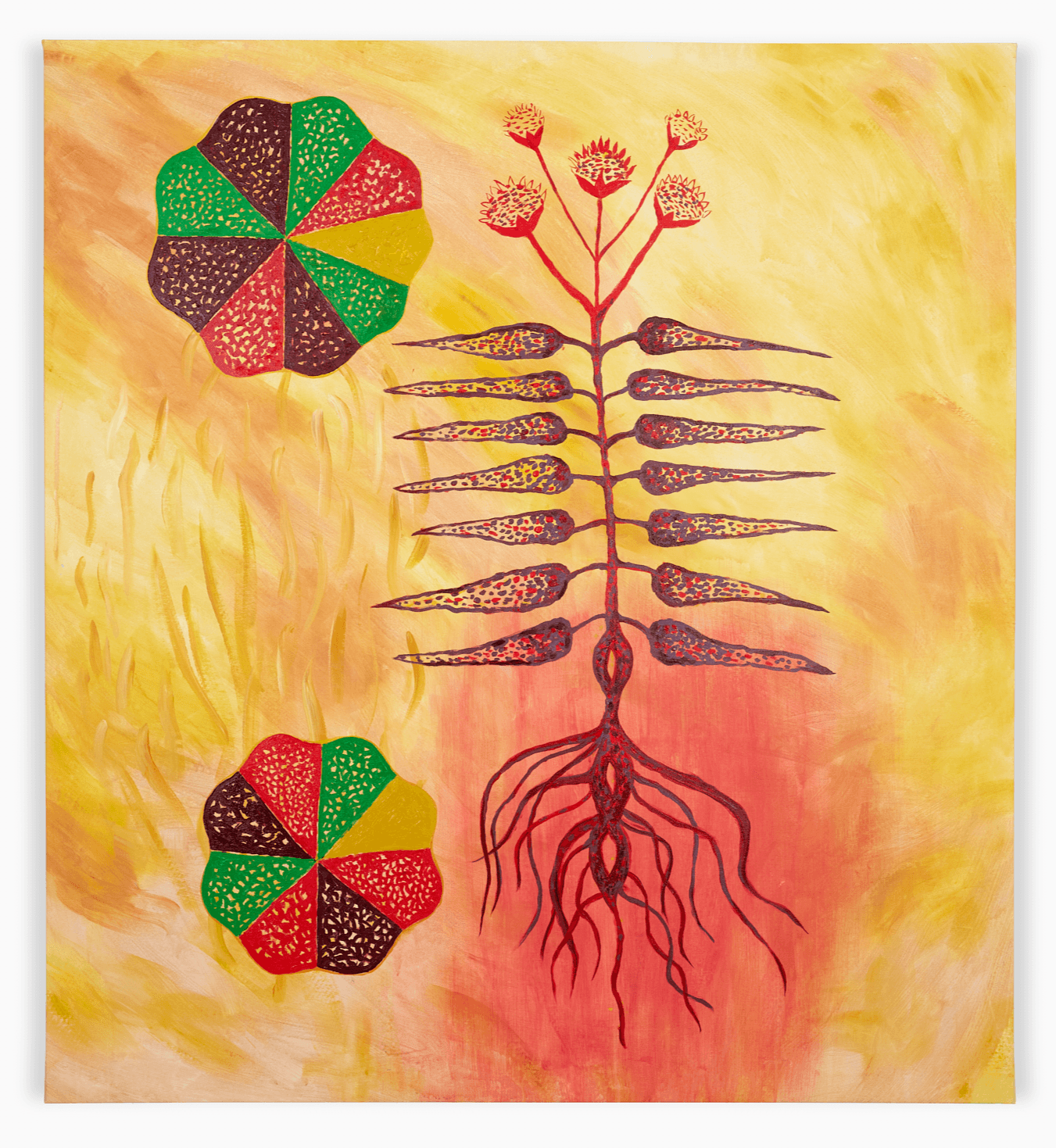
Image Credits
Adam T. Deen


